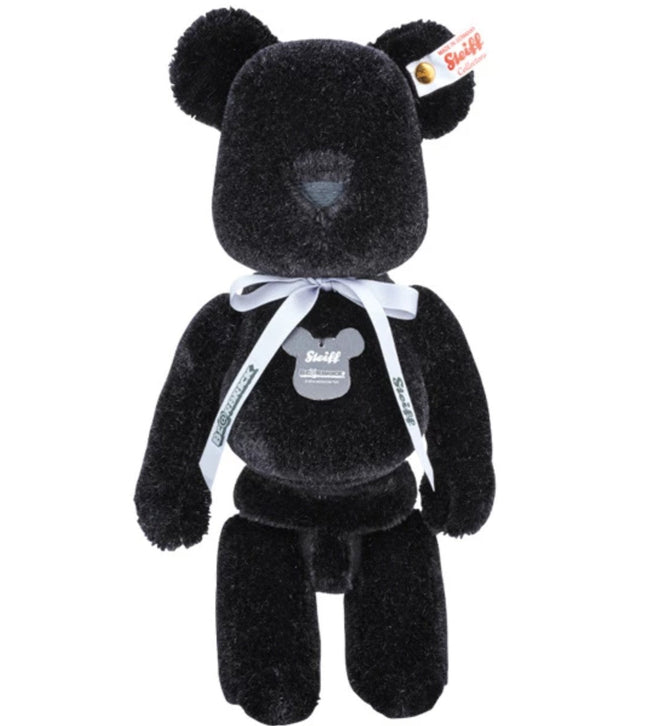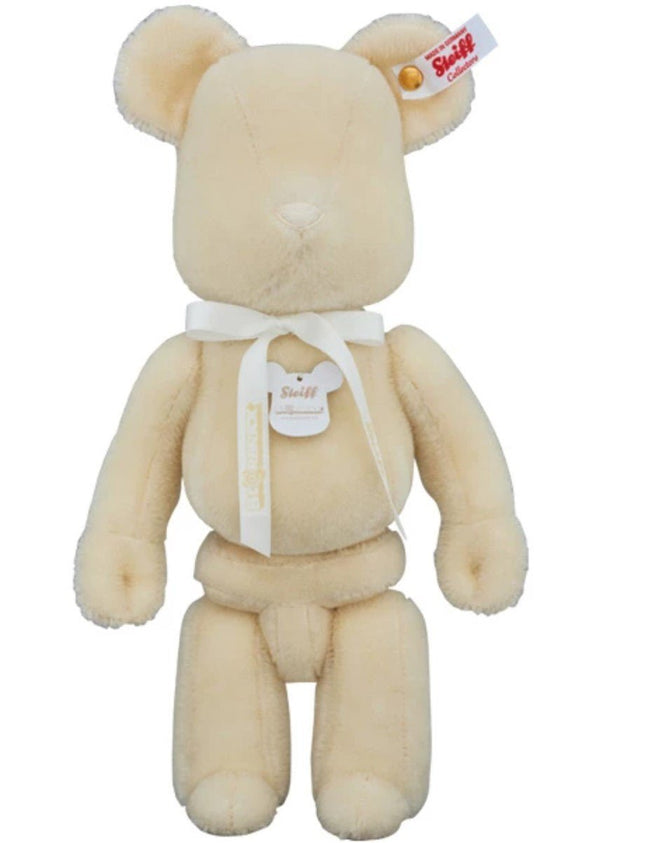
Exploring Street Pop Art and Graffiti Artwork in Germany
Germany's vibrant street art scene is a dynamic and colorful testament to its rich cultural history and current social landscapes. The country's street pop art and graffiti represent a unique fusion of historical influences and modern perspectives, creating a visual dialogue that speaks to its past and present. Cities like Berlin, Hamburg, and Munich have become canvases for street artists, who use their skills to comment on various issues, from politics to pop culture. The evolution of street art in Germany is deeply intertwined with its turbulent history. Post-World War II, Germany, particularly in the divided city of Berlin, became a hotspot for political graffiti. With its stark and oppressive presence, the Berlin Wall was transformed into a symbol of resistance and freedom of expression through graffiti, and this period marked the beginning of the street art movement in Germany, setting a precedent for future artists to use public spaces as a medium for social and political commentary. As Germany moved into the late 20th and early 21st centuries, the focus of street art shifted. While political themes remained prevalent, artists also began to explore issues of identity, consumerism, and popular culture. This shift gave rise to the term "Street Pop Art," a blend of pop art aesthetics with street graffiti's raw, edgy energy. This genre often incorporates elements of German popular culture and iconic imagery, reimagined through bold colors and exaggerated forms characteristic of pop art.Key Figures and Artworks in German Street Pop Art
Several key figures have emerged in the German street pop art scene, each bringing their unique style and perspective. Artists like El Bocho, known for his "Little Lucy" series, which satirizes a popular German TV character, and DAIM, famous for his 3D graffiti style, have gained international recognition. Their work and many others have played a crucial role in shaping the identity of German street pop art and graffiti artwork. Berlin, in particular, stands out as a living gallery of street art. The East Side Gallery, a remaining section of the Berlin Wall, features murals by artists worldwide, making it one of the largest and most significant open-air galleries globally. This site exemplifies the transition of street art in Germany from an underground movement to a celebrated form of artistic expression. Today, street art in Germany is a form of artistic expression and a significant cultural and touristic attraction. Cities like Berlin have incorporated street art tours, showcasing the vibrant murals and graffiti that adorn their walls. These tours highlight the artistic value of these works and delve into the stories and histories behind them, providing a deeper understanding of Germany's social and political climate Furthermore, integrating street art into urban development projects in cities across Germany signifies a growing recognition of its value in public space. Street art festivals and legal walls where artists can freely create their work are becoming increasingly common, reflecting a broader acceptance and celebration of this art form. The landscape of street pop art and graffiti artwork in Germany is dynamic and evolving, reflecting the country's complex history and contemporary issues. From its roots in political dissent to its current status as an integral part of urban culture and tourism, German street art tells a story of resilience, creativity, and transformation. As it continues to evolve, it remains a powerful medium for artistic expression and social commentary, capturing the essence of Germany's past and its vision for the future.


